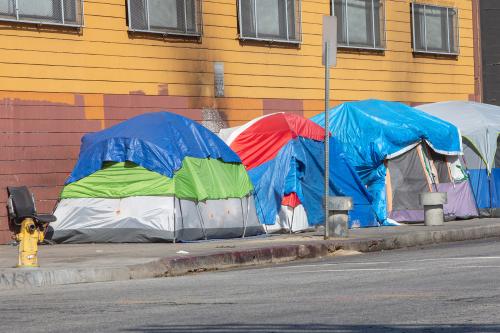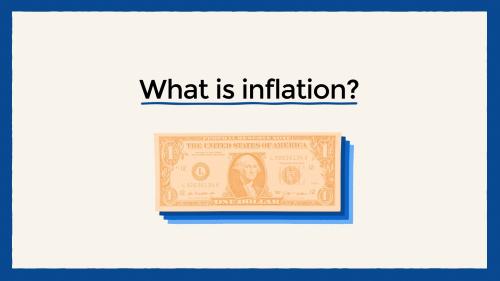In the years since America’s housing market collapsed under the weight of subprime loans, foreclosures, and the housing bubble, the nation has seen a series of efforts—mostly too little, too late—to help impacted homeowners, creating a new alphabet soup of HERA, HARP, HAMP and HHF. Meanwhile, millions of words have been written, mostly focused on assigning blame to Wall Street greed, homebuyer negligence, and/or regulatory failure.
This wave of collective fingerpointing, however justified, has largely distracted policy makers, and much of the public at large, from realizing how the vitality of many of our cities and neighborhoods has been eaten away by the housing sector’s calamitous fall. After over five years of elevated mortgage foreclosures and collapsing house prices, one city after another is battling a wave of neighborhood destabilization that has turned thousands of once-valued homes and apartments into empty shells. As this has happened, neighborhood housing values have plummeted, deterring investment by developers and prospective homebuyers, discouraging the remaining homeowners from making repairs and improvements, and causing residents to despair for their community’s future. While the housing market in many parts of the country has begun to stabilize, and even improve, far too many areas are still mired in long-term instability and decline.
The scale of this problem is far too great, and the market failures too deeply rooted, for these distressed neighborhoods to recover on their own. Nor do individual cities and states have the resources needed to help rebuild their markets. As Brookings argues in a recent policy brief, these neighborhoods need a lifeline that only the federal government can provide.
More specifically, the brief calls on Congress to establish a new multifaceted Strategic Neighborhood Investment Program that includes both a Qualified Neighborhood Investment Bond program, and a multi-part Neighborhood Investment Tax Credit program. In contrast to many past programs, including the short-lived Neighborhood Stabilization Program, the new Strategic Neighborhood Investment Program is designed explicitly and directly to leverage private investment in rebuilding neighborhood markets.
The Qualified Neighborhood Investment Bond program would authorize $8 billion in qualified state and local bonding authority that could be used for demolition, property acquisition, and rehabilitation, as well as related uses such as improvements to vacant lots. Simultaneously, the Neighborhood Investment Tax Credit program would leverage targeted investment in designated destabilized but still vital neighborhoods. The tax credit program would have three components:
- neighborhood investment pools funded by passive investors who would receive a tax credit for investing in the neighborhood
- a tax credit for households that buy and restore vacant homes for owner-occupancy, or that buy a home from a developer who has restored it
- a special FHA mortgage program for homebuyers
Such a program would be modest in cost, with the potential to leverage four to six dollars in private sector investment for every dollar in federal tax credits. While we project it will fuel the rehabilitation of over 180,000 vacant homes and remove some 400,000 blighting abandoned structures, it will do far more than that by stabilizing the neighborhoods and rebuilding the markets of communities where millions of American families live.


Commentary
Provide a Federal Life Line for America’s Destabilized Neighborhoods
December 11, 2012